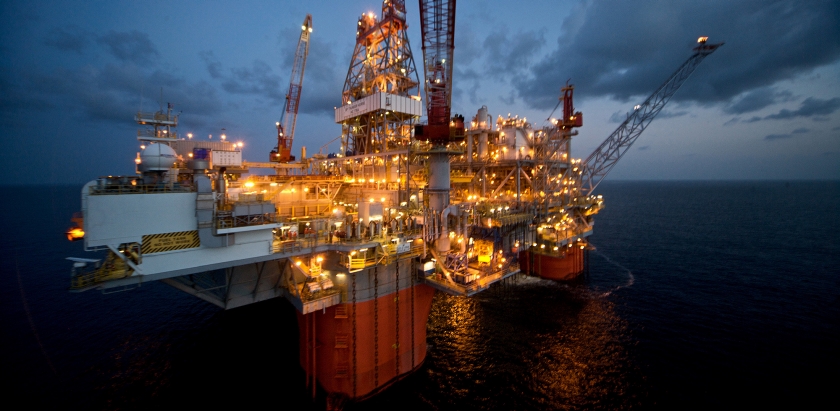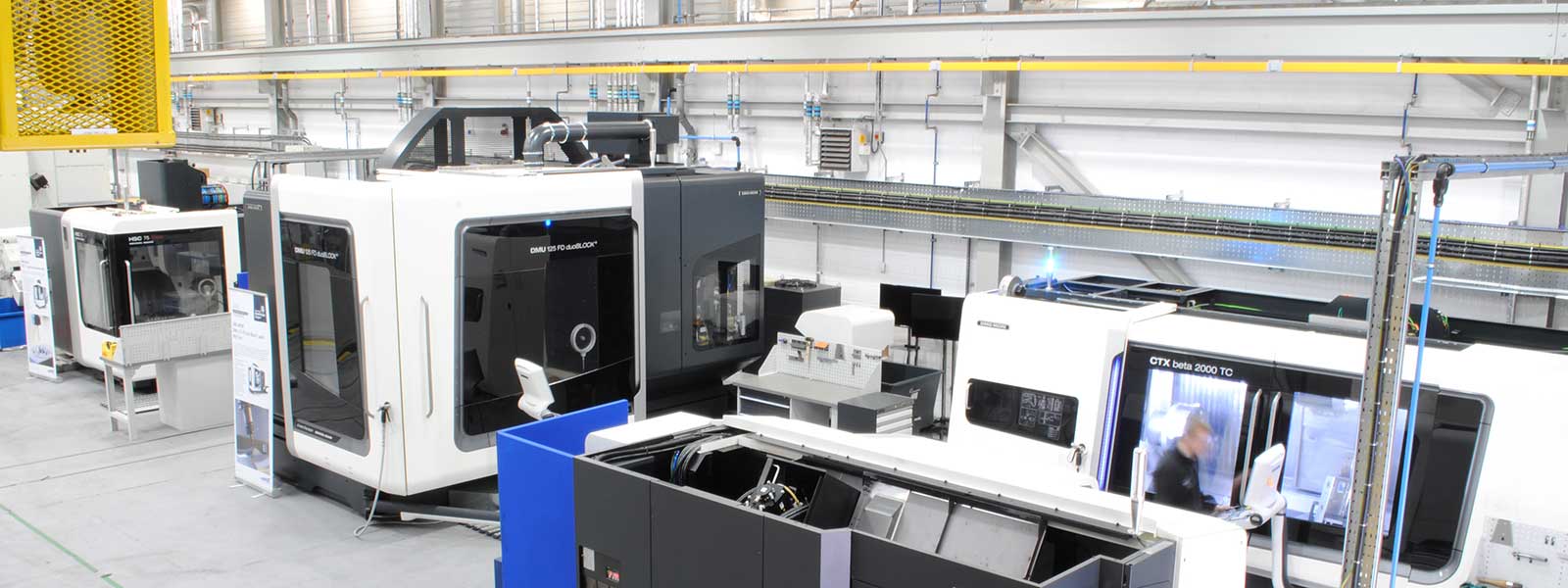Billions of people depend on the oil and gas industry. In 2018 the global demand for crude oil alone was more than 99 million barrels per day, that’s a 16% increase compared to 2006 and a 62% increase if we go as far back as the 1980’s. OPEC calls it “the engine of the world economy”, Saudi Arabia has claimed that they need to “end their addiction to oil”, while the shale gas revolution is turning to Latin America in search of new basins to increase production. The high demand for this commodity makes the market consistently search for ways to reduce costs and increase efficiency. Over the past few years technology has become a big part of research and development for companies like Shell, BP and Exxon Mobil, where 3D printing in particular will generate massive benefits in industrial processing and manufacturing.
SmarTech Publishing estimates that the 3D printing market in the oil industry will reach U$S 450 million by 2021, and that this will grow to around 1.4 billion dollars by 2025, helping the industry simplify the often complicated structure of oil and gas product manufacturing, reducing expensive downtime and removing long waits for parts. Particularly, using AM technology to print replacement parts at remote locations -like one of the 1,470 offshore oil rigs around the world- would be a significant upgrade.
3D printing was listed by BP (formerly known as British Petroleum) as one of six technologies that will impact the energy sector significantly in the next few years, along with artificial intelligence, blockchain, autonomous vehicles and alternative energy sources. According to the multinational based out of London, the dual challenge of meeting a growing energy demand in the developing world, while working to reduce carbon emissions, is creating a constant stream of ideas with the potential to transform how the world produces and consumes energy.
Some years back Royal Dutch Shell began using 3D printing technology to make the design and construction of equipment used in oil and gas production faster and more efficient. Printing technology allows the company to create accurate scale prototypes in materials like plastic, which it tests and uses to improve designs and construction processes. The Shell Technology Centre Amsterdam, in the Netherlands, is the key site for this type of endeavours, led by mechanical instrument engineer, Joost Kroon.
A connector designed and made by Kroon for a pilot unit that breaks down refinery by-products into building blocks for higher value chemical products, forms part of an instrument that removes liquid mist from gas. The mist can cause blockages in the system and damage the gas analyser. By using 3D printing, Kroon created a design that provides heat through a channel inside the connector, instead of from an outside heating element.
“The new [3D printing] solution is much more efficient than its predecessor and it eliminates time-consuming maintenance procedures. Once the design was finalised, it took 60 hours to print, whereas conventional methods can take many weeks,” said Kroon.
Shell’s deepest oil and gas project, the Stones, out of the Gulf of Mexico in the US, is located 2,900 metres under water. The team used 3D printing during the design phase of the project, to develop prototypes of the detachable system that will connect an offloading vessel (FPSO) to pipelines from the seabed, to ensure safety and prevent schedule delays. This prototype allowed them to demonstrate the system to US authorities which had to approve its use for the first time in the region.
Another powerhouse that is enthused about 3D printing is GE Oil and Gas. They have begun integrating 3D printers into manufacturing supply chains, using them for 3D printed end burners for gas turbine combustion chambers in one of it’s newest plants in Talamona, Italy, as well as for a variety of metal components for use in its oil and gas operations. GE found that using 3D printers reduced the development and validation cycle by 50%. Oilfield services company Halliburton is exploring 3D printing bodies for molding downhole equipment. Exxon Mobil has teamed up with Milk Lab to 3D print the SmARt Engine, a 3D printed engine that starts and moves upon turning the key, as an innovative method to grab mechanics’ attention long enough for sales people to explain the benefits of Mobil1, their star motor oil. Sinopec, China’s largest oil and gas producer, invested in developing 3D printed material in 2015, two years later it came up with a new polyolefin material for HP’s Multi Jet Fusion technology. Repsol recently acquired a stake in filament maker Recreus.
However, as in other industries, oil and gas still needs to figure out whether 3D printing will actually alter the costs of their operations. The potential is there but will it actually work? As suggested by BP, 3D printing remains relatively unproven for precision-engineering parts, as the current technology is restricted in the size of parts that can be printed, as well as the cost of production and considerable post-production processing that is needed. The oil and gas industry has high demands in terms of reliability and durability in extreme conditions, such as high pressures and temperatures in wells, and harsh climates offshore, making materials used for printing a significant part of the process. So, while the industry seeks to meet these challenges, researchers at the University of Strathclyde, in Glasgow, are looking into the use of laser metal deposition as the answer to remanufacture difficult to weld components, like aging shafts, valves and pumps.
As stated by Stephen Fitzpatrick, Machining Team Lead at the University of Strathclyde, “though additive manufacturing technology offers huge potential to the oil and gas arena, its uptake so far has been limited. The industry’s risk-averse culture, lack of infrastructure, and stringent standards have been cited by leaders as barriers to adoption.”
However, Fitzpatrick goes on to say that the industry’s growing focus on operational efficiency in today’s low price climate is slowly driving change.
“Two main groups of technologies can be of benefit to the industry: powder bed fusion and direct energy deposition. Both use a diverse range of metals in wire and powder form, which can be fused together using lasers, electron beams, and electric arcs.”
Fitzpatrick explains that no remanufacturing procedures exist for some high-value components in oil and gas, that could otherwise be salvaged by applying additive material to a specific area that is worn. And laser metal deposition (also called Direct Energy Depostition) offers many benefits for the sector, like very fast cooling rates that create a fine microstructure, low dilution and heat-affected zone into the substrate material, and shallower residual stress profiles, meaning very little distortion of components. Additionally, the researcher explained that the use of powder bed fusion additive processes to manufacture spares is likely to increase.
Compared to other industries, the oil and gas sector took longer to develop 3D printing projects. However, a world where this technology takes on some of the major manufacturing processes of the market doesn’t seem that far fetched; after all, 3D printing in Mars is in the works, why can’t a rig have its own 3D printer?
Subscribe to Our Email Newsletter
Stay up-to-date on all the latest news from the 3D printing industry and receive information and offers from third party vendors.
You May Also Like
Gorilla Sports GE’s First 3D Printed Titanium Cast
How do you help a gorilla with a broken arm? Sounds like the start of a bad joke a zookeeper might tell, but it’s an actual dilemma recently faced by...
Nylon 3D Printed Parts Made More Functional with Coatings & Colors
Parts 3D printed from polyamide (PA, Nylon) 12 using powder bed fusion (PBF) are a mainstay in the additive manufacturing (AM) industry. While post-finishing processes have improved the porosity of...
$25M to Back Sintavia’s Largest Expansion of Metal 3D Printing Capacity Since 2019
Sintavia, the digital manufacturing company specializing in mission-critical parts for strategic sectors, announced a $25 million investment to increase its production capacity, the largest expansion to its operations since 2019....
Velo3D Initiates Public Offering in a Bid to Strengthen Financial Foundations and Drive Future Growth
Velo3D (NYSE: VLD) has been among a number of publicly traded 3D printing firms that have attempted to weather the current macroeconomic climate. After posting a challenging financial report for 2023,...

































